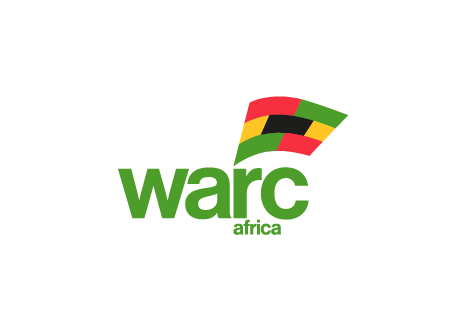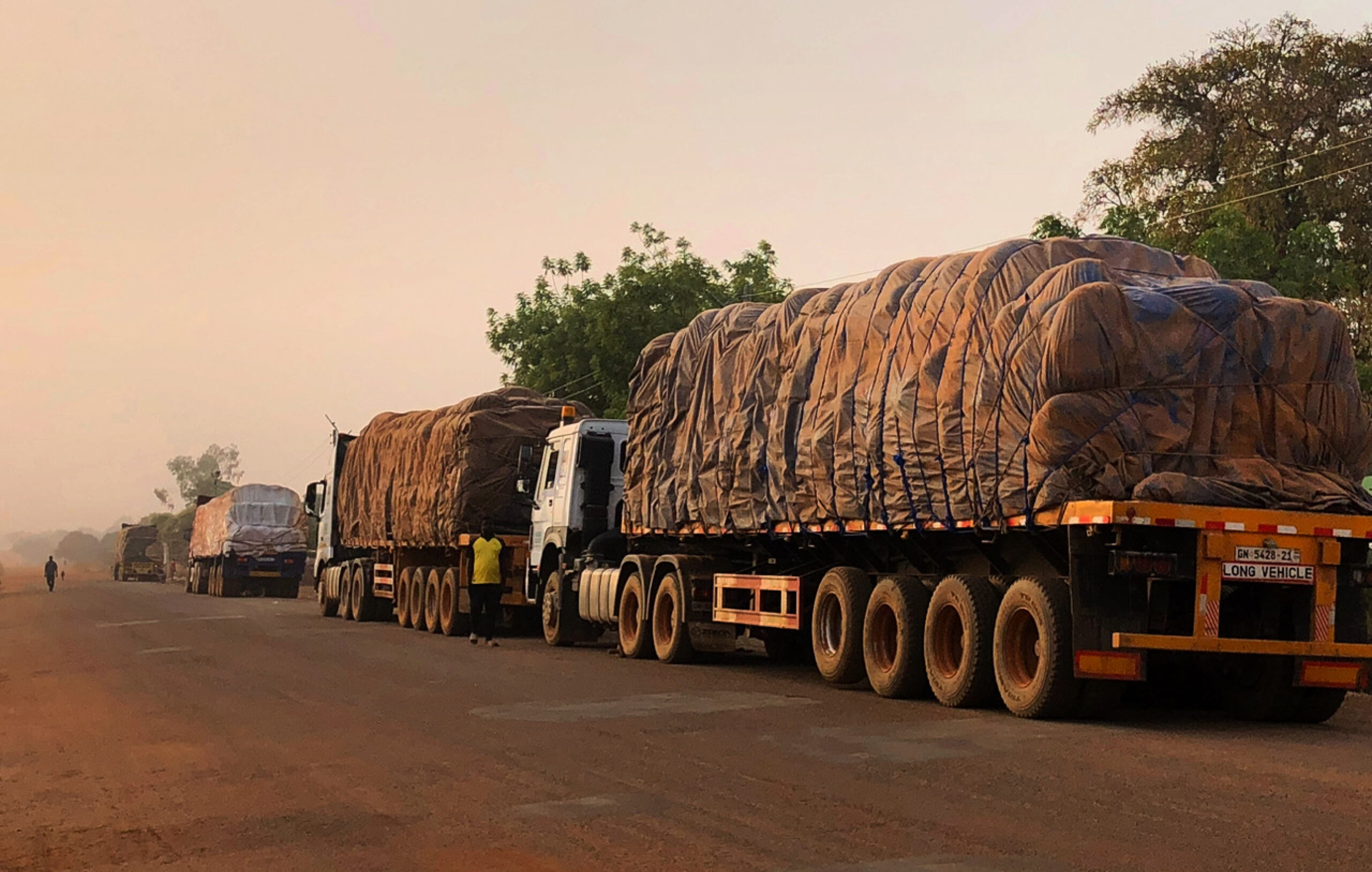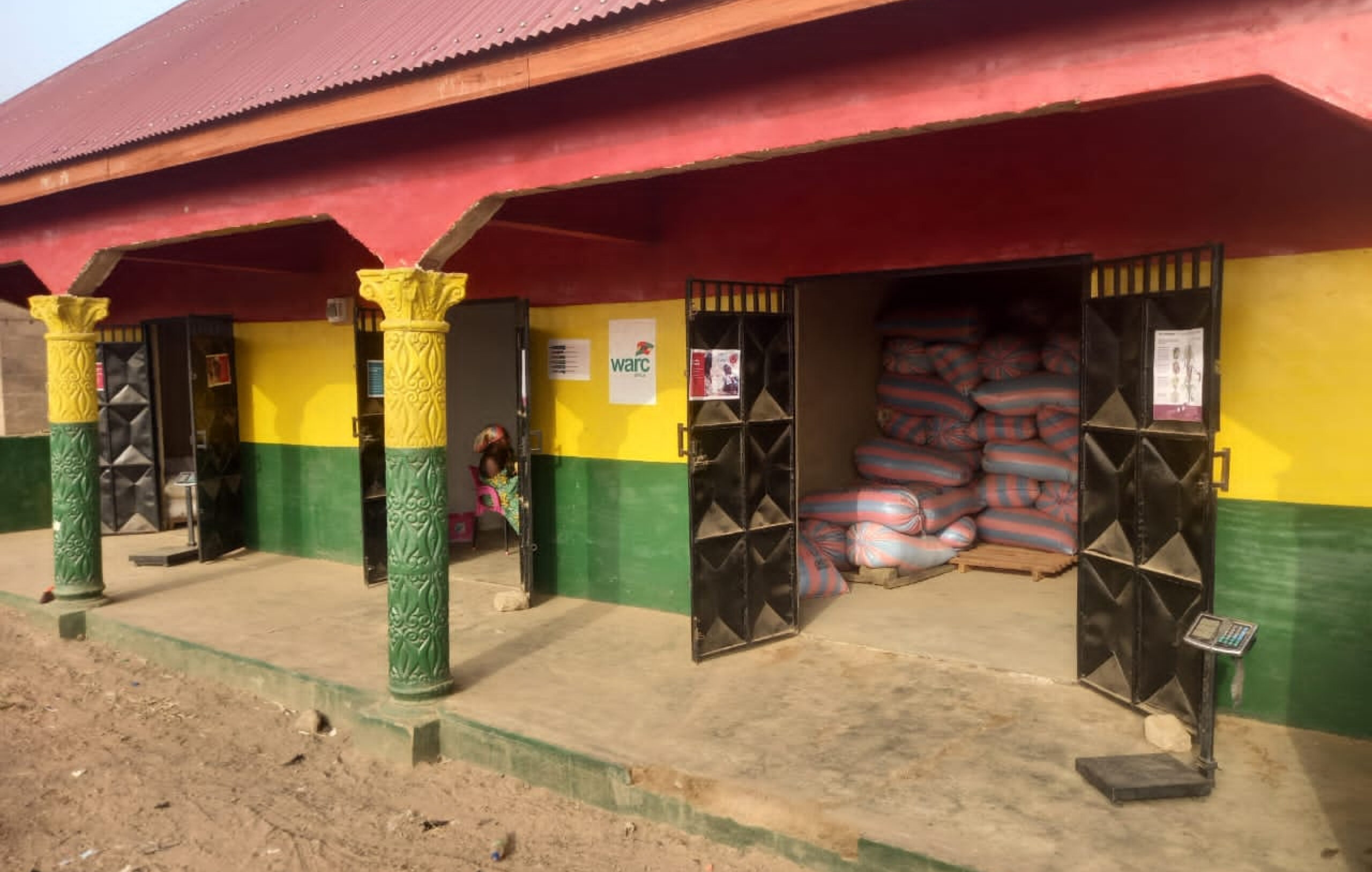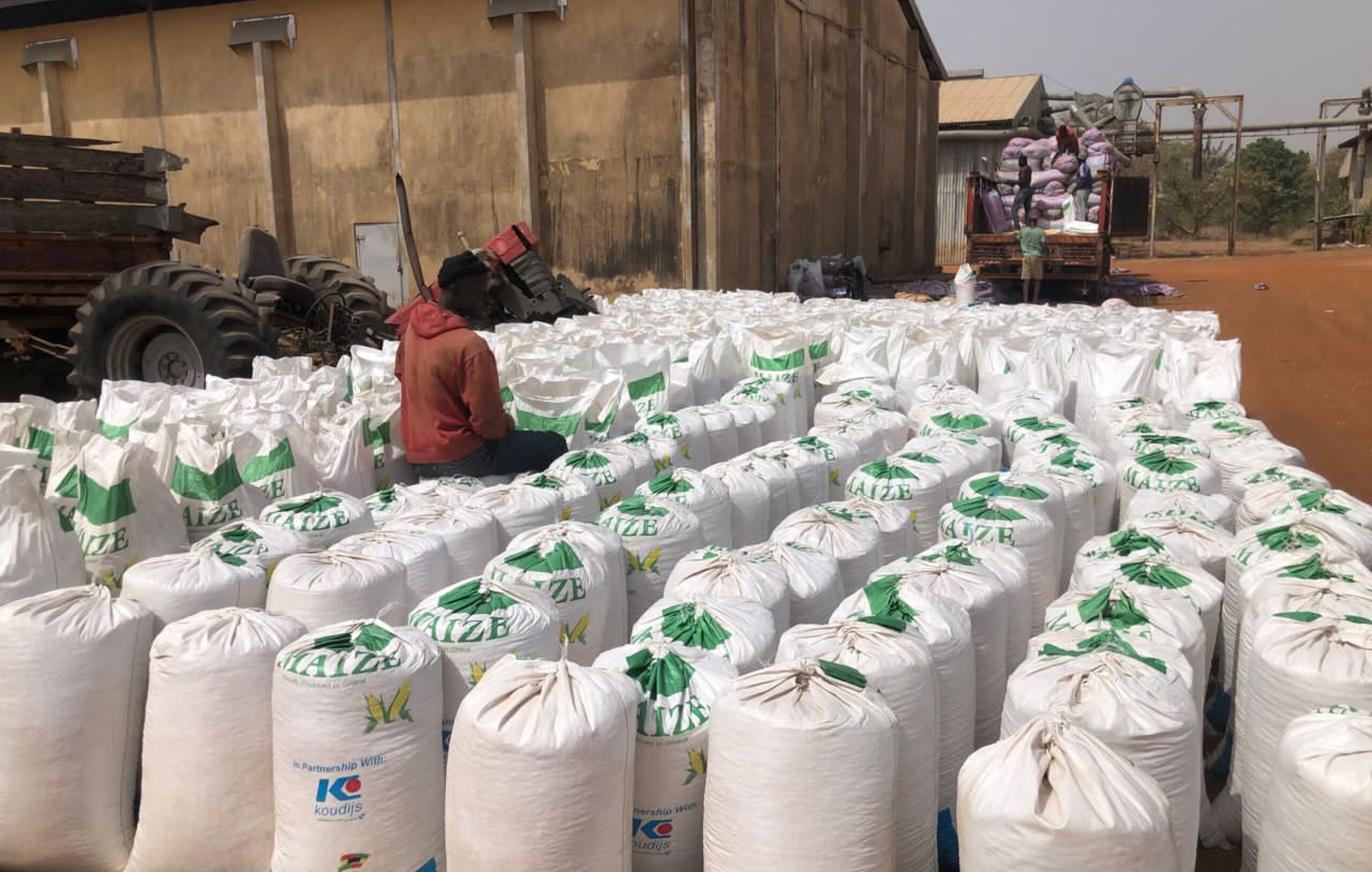To Get Subsistence Farmers In Africa Out Of Poverty
Our dream is to uplift farmers from poverty through regenerative farming practices. Through our network of rural, women-led Trading Hubs, we keep a permanent presence in the community. This grants us continuous exposure and engagement with farmers, while allowing them to interact and trade with us on their terms – any amount, any time.
Our infrastructure at the community level improves the efficiency and regularity of trade with farmers, whether selling high-quality inputs, training and supporting conversion to regenerative agriculture, or paying fair prices for produce at harvest.
Our deep proximity to farmers puts us closer to the farmer than anyone else, making us the best people to serve them. By standing at the center, we’re supporting our customers and partners in the following ways:
Farmers
- Continues markets – any amount, any time
- High quality inputs – at the fairest prices
- Regenerative agricultural training and tools coupled with on-field support
End-buyers and industries
- Raw material needs solved – stable supply for production needs
- Long-term partnerships to support growth
Input suppliers
- Bulk orders, simply supply chains
- Access to rural markets
Regenerative Ag for Deep Impact
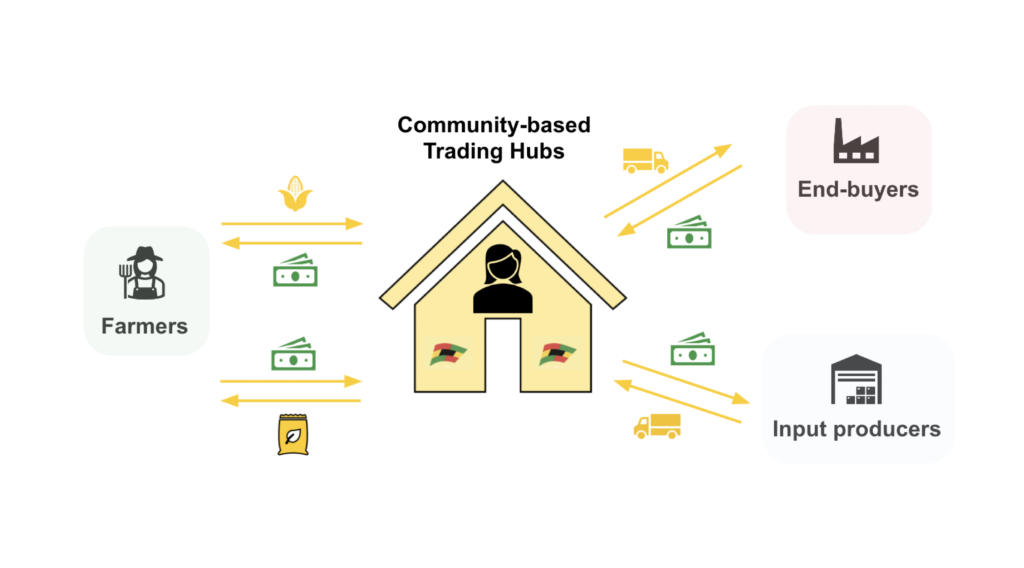
Premium prices for harvests
Wholesale prices for high-quality inputs
Direct, continuous access to markets
Technical training
Consistent, large volumes of produce
Lower prices, less middlemen
Direct access to remote customers
Bulk orders, simple supply chain
